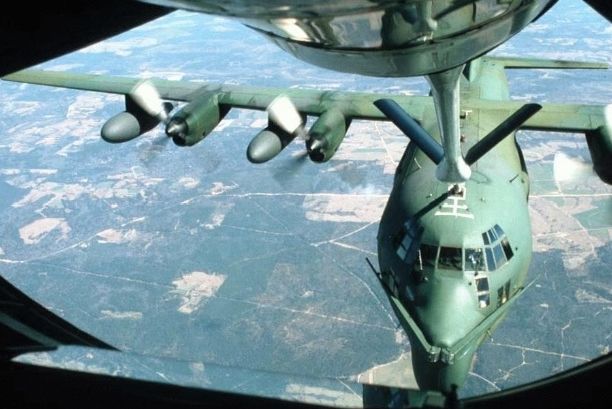Sorry chaps to go back to the 'snatch' topic ... but I'm a bit behind the curve following my absence

Am I right in assuming that the 'snatch' technique described, as used by the RAF, is different to the USAF Fulton STAR System ... where their Herc's have a scissors nose to capture the recovery cable attached to a balloon ? Was it more like the earlier arrangement outlined below ?
Originally Posted by Wikipedia
The Fulton surface-to-air recovery system (STARS) is a system used by the Central Intelligence Agency (CIA), United States Air Force and United States Navy for retrieving persons on the ground using aircraft such as the MC-130E Combat Talon I. It involves using an overall-type harness and a self-inflating balloon which carries an attached lift line. An MC-130E engages the line with its V-shaped yoke and the individual is reeled on board. Red flags on the lift line guide the pilot during daylight recoveries; lights on the lift line are used for night recoveries. Recovery kits were designed for one and two-man retrievals.
This system was developed by inventor Robert Edison Fulton, Jr., for the Central Intelligence Agency in the early 1950s. It was an evolution from a similar system[1] that was used during World War II by American and British forces. The earlier system did not use a balloon, but had a pair of poles that were set in the ground on either side of the person to be retrieved, with a line running from the top of one pole to the other. An aircraft, usually a C-47 Skytrain, would trail a grappling hook and engage the line, which was attached to the person to be retrieved.

Sorry ... Just trying to get my head around how our system worked ... Sounds a bit sporty to say the least

Best ...
Coff.